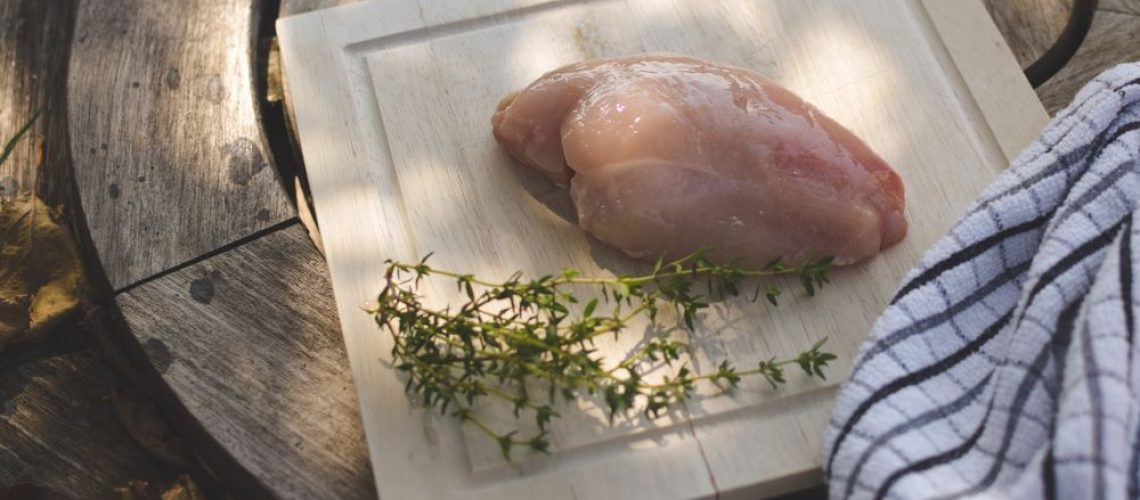Why choose histamine-free meat?
Histamine intolerance, also known as enteral histaminosis or sensitivity to dietary histamine, is a condition where individuals have an impaired ability to metabolize ingested histamine. This can lead to various uncomfortable symptoms and health issues. Choosing histamine-free meat can be beneficial for those who suffer from histamine intolerance, ensuring they avoid the adverse effects associated with high histamine levels in food.
Understanding histamine intolerance
Histamine intolerance arises from a reduced capacity to degrade histamine in the intestine due to impaired activity of the enzyme diamine oxidase (DAO). This leads to the accumulation of histamine in the blood, causing a range of symptoms. Histamine is a bioactive amine involved in various bodily functions, including immune responses, gastric acid secretion, and neurotransmission.
Symptoms of histamine intolerance
Individuals with histamine intolerance may experience a variety of symptoms, including:
- Gastrointestinal issues: Abdominal pain, diarrhea, bloating, and constipation.
- Neurological symptoms: Headaches, dizziness, and migraines.
- Cardiovascular effects: Palpitations and hypotension.
- Respiratory problems: Nasal congestion and asthma-like symptoms.
- Skin reactions: Flushing, itching, hives, and eczema.
Scientific insights into histamine intolerance
Histamine intolerance has gained recognition in recent years, with significant research focusing on its etiology, diagnosis, and treatment. Here are some key scientific findings:
- Enzymatic deficiency: The primary cause is a deficiency in DAO, the enzyme responsible for breaking down histamine in the gut.
- Genetic factors: Several genetic polymorphisms in the DAO gene can reduce enzyme activity and increase susceptibility.
- Pathological causes: Conditions such as inflammatory bowel disease, celiac disease, and non-celiac gluten sensitivity can impair DAO activity, exacerbating histamine intolerance.
- Drug interactions: Certain medications, including antibiotics and antihypertensives, can inhibit DAO activity, leading to increased histamine levels.
Healing the gut: addressing the root causes of histamine intolerance
While avoiding histamine-rich foods is essential, long-term improvement often requires healing the gut—especially when DAO activity is compromised due to underlying conditions.
The impact of gut damage
Chronic inflammation from conditions like celiac disease or non-celiac gluten sensitivity can damage the intestinal lining, reducing DAO production and allowing histamine to pass more easily into the bloodstream. Removing offending substances such as gluten is a foundational step in restoring gut integrity.
The upper fermenting gut: a hidden culprit
Dr. Sarah Myhill introduces the concept of the upper fermenting gut, where bacteria colonize areas of the digestive tract (like the stomach and small intestine) that should remain relatively sterile. These bacteria ferment carbohydrates, producing gases and toxins that:
- Damage the gut lining
- Compete for nutrients
- Increase histamine absorption into the bloodstream
This microbial imbalance can significantly impair digestion and exacerbate histamine sensitivity.
Strategies for gut healing
To restore gut health and support DAO function, Dr Sarah Myhill recommends a multi-faceted approach:
- Starve the harmful microbes
- Adopt a low-carbohydrate or ketogenic diet to deprive fermenting microbes of fuel.
- Eliminate gluten and other inflammatory foods.
- Kill the overgrowth
- Use natural antimicrobials such as:
- Vitamin C (to bowel tolerance)
- Lugol’s iodine
- Use natural antimicrobials such as:
- Support digestive function
- Ensure adequate stomach acid to prevent microbial overgrowth.
- Supplement with digestive enzymes and bile salts if needed.
By addressing these root causes, individuals can support the regeneration of the gut lining, restore DAO activity, and reduce histamine sensitivity over time.
Benefits of histamine-free meat
For those already seeking histamine-free meat, here are some scientifically supported benefits:
- Reduced symptoms: Helps alleviate the symptoms of histamine intolerance.
- Improved digestive health: Supports gut healing by avoiding histamine triggers.
- Enhanced quality of life: Enables a more comfortable, symptom-free lifestyle.
Our histamine-free meat selection (UK only)
At our farm, we take pride in creating a selection of histamine-free meats that cater to the needs of individuals with histamine intolerance. We process our meats with the utmost care for the lowest bacterial count to ensure they are free from histamine and other biogenic amines. We ensure our meats are frozen within 48 hours. Beef and pork are generally also vacuum packed which also prevents air that bacteria could use. Due to soft nature and soft texture of chicken, we do not vacuum pack chicken pieces, only diced chicken.
Conclusion
Choosing histamine-free meat is a proactive step toward managing histamine intolerance and improving your health. But for lasting relief, healing the gut is essential. By removing inflammatory triggers, addressing microbial imbalances, and supporting digestive function, you can restore your gut’s natural ability to regulate histamine—and enjoy a healthier life.







